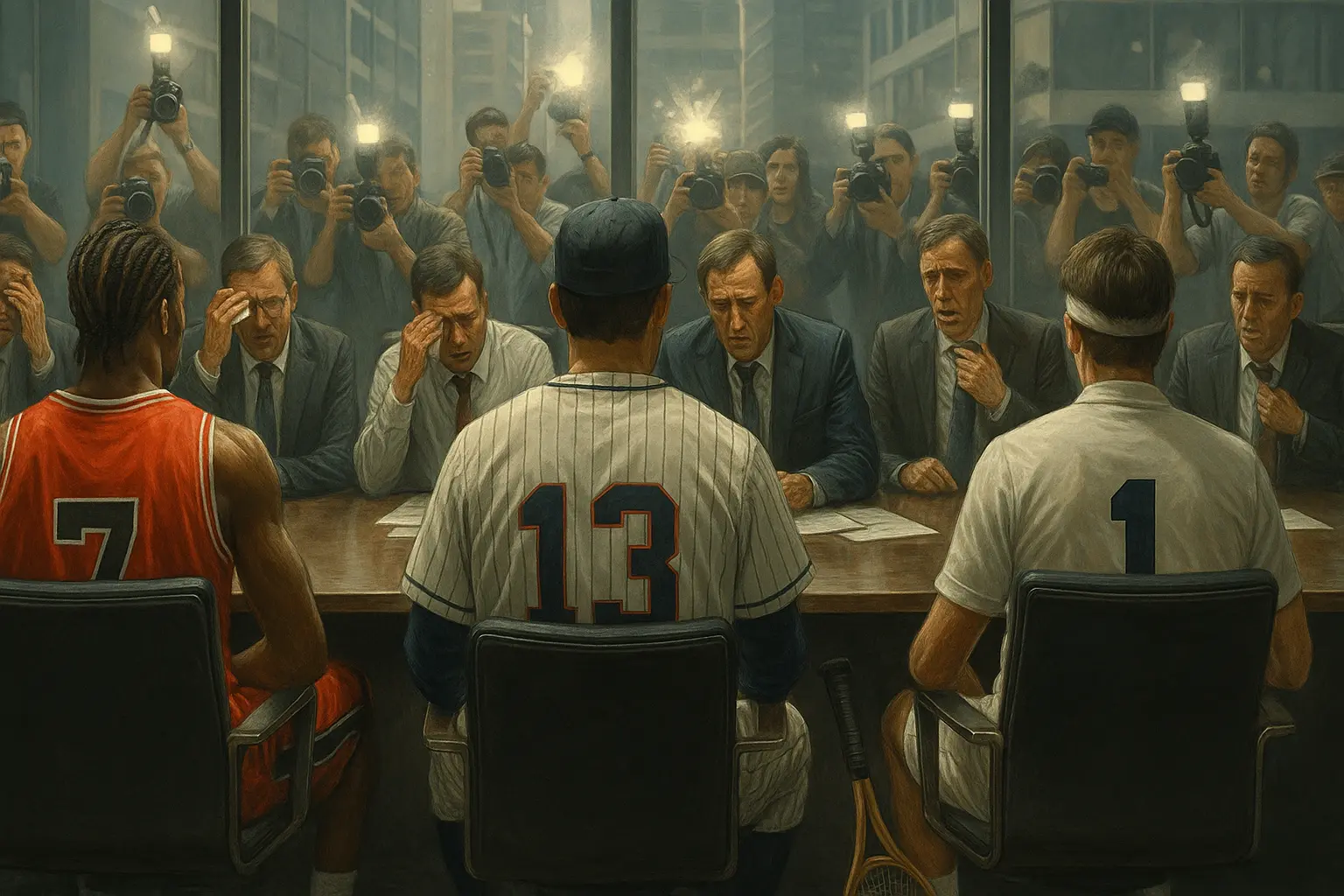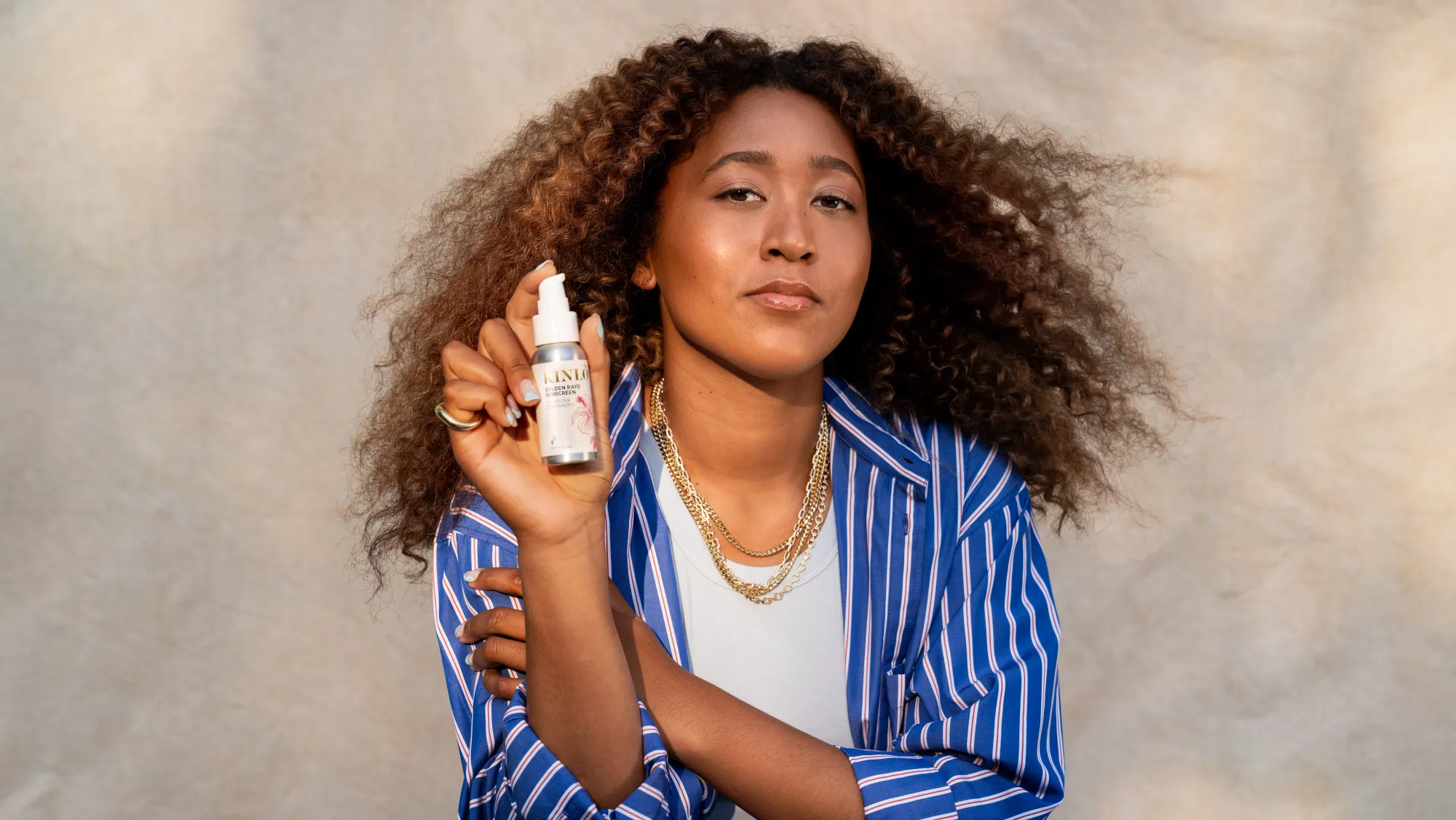Athletes do more than win games. They create culture. From the way we dress, to the music that fills arenas, to the slang we adopt, athletes shape global identities every single day. Yet despite generating billions in economic and cultural value, most athletes are not compensated anywhere near what they are truly worth. They are often corralled into short-term contracts and endorsement deals that benefit everyone else—owners, leagues, sponsors—while they walk away with a fraction.
This exploitation is not accidental. It is baked into the structure of modern sport. The game on the surface is about competition, but beneath it is an economy of ownership. Leagues own the rights. Networks own the broadcasts. Sponsors own the ads. Even highlights, memes, and iconic clips are monetised by someone else. The athlete’s body and image create the culture, but the profits are siphoned away.
Consider Allen Iverson. He shifted the aesthetics of basketball worldwide. His braids, his style, his walk into the arena reshaped what was considered acceptable. He carried hip-hop into the NBA and made it inseparable from the game’s global identity. Yet his financial return did not mirror the cultural revolution he sparked. Others monetised the movement he started, while Iverson himself battled financial instability later in life. That disconnect between cultural power and economic reward is the core injustice athletes face.
The pattern repeats across sports. Soccer has been transformed by Lionel Messi. His play is art, his story is global, and his presence sells jerseys, broadcasts, and entire tournament sponsorships. He generates hundreds of millions in value each season, yet his salary even at its peak was dwarfed by the total economic activity that he enabled. Culture is created by the athlete, but wealth is captured by the system.

Athletes also face the trap of a short professional lifespan. The average career in the NFL is just over three years. In the NBA, it is under five. Even the greatest athletes LeBron James, Messi , Serena Williams know that their prime years are fleeting. They have limited time to maximise earnings, and if they place all their energy into performance alone, they risk waking up one day with no leverage beyond past highlights.
This is why branding matters. A brand allows athletes to build wealth that continues long after their playing days. It transforms cultural influence into owned assets: businesses, intellectual property, equity stakes, media platforms. LeBron understood this. His company, Uninterrupted, emerged in direct response to the infamous “shut up and dribble” comment aimed at silencing him. Instead of shrinking back, he built a platform for athletes to speak their truths, unfiltered, without waiting for mainstream media to permit it. That moment showed how quickly athletes can flip exploitation into empowerment when they control their own distribution.
Kobe Bryant’s ventures echoed the same principle. He turned his storytelling passion into Granity Studios, producing books and films that carried his ethos. He also invested in BodyArmor, a move that eventually paid out hundreds of millions. These are examples of what happens when athletes treat their cultural power as equity rather than temporary fame.
Distribution is the key. The ability to reach fans directly, without middlemen, changes everything. In the past, an athlete had to rely on gatekeepers like TV networks, journalists, and big sponsors—to reach audiences. Now they can build their own channels. Look at the explosion of athlete-led podcasts. JJ Redick’s Old Man and the Three became a go-to platform for honest, in-depth basketball talk. Jeff Teague’s Club 520 brought humor and authenticity, letting fans connect with players on a human level. Draymond Green’s podcast breaks down games hours after they happen, reshaping how analysis circulates. Each of these shows bypasses traditional media, placing athletes in direct dialogue with millions of listeners. The distribution is owned. The culture is monetized by those who create it.
And podcasts are just one lane. Athletes have built clothing brands that embed their identity in everyday culture. From Russell Westbrook’s fashion ventures to Serena Williams’ clothing line, style becomes another platform of ownership. Media platforms like Kevin Durant’s Boardroom or LeBron’s Uninterrupted expand athletes into journalism, commentary, and production. Investment funds like Carmelo Anthony’s Melo7 Tech Partners or Durant’s early backing of Coinbase and Postmates prove that athletes can leverage their influence to build generational wealth in industries far beyond sport. These ventures show a clear blueprint: distribution is no longer about waiting for ESPN to call. It is about owning the microphone, the storefront, the studio, and the investment vehicle.
Contrast this with countless players who poured everything into performance only to struggle with identity, depression, or poverty after retirement. A study in the British Journal of Sports Medicine found that around 16 percent of former elite athletes experience depression, anxiety, or distress after leaving competition. Other research suggests rates as high as 39 percent. These numbers are not accidents they reflect a system that extracts value without preparing athletes for the next chapter.
Athletes are culture creators, but they must also become culture owners. That means controlling the flow of information in today’s digital economy. Distribution is now the most powerful form of ownership. If you own the pipeline, you own the relationship with the audience. If you own the relationship, you own the culture you create.
When athletes embrace these tools early, they flip the script. Instead of waiting for sponsorship to validate them, they build platforms that attract sponsors on their terms. Instead of being a product in someone else’s portfolio, they become entrepreneurs with negotiating power. This is not about distraction from sport. It is about survival. It is about ensuring that the culture you create pays you fairly—not just in applause, but in assets.
So what can athletes do to move from culture creators to culture owners?
- Define your values and narrative early. Don’t wait for the media to brand you. Tell your story in your own words.
- Use digital tools with intention. Podcasts, social media, and streaming—all are channels to speak directly to your audience.
- Pursue equity, not just endorsements. Cash deals disappear. Ownership compounds.
- Diversify income streams while in your prime. Clothing brands, media platforms, and investment funds are pathways to wealth.
- Invest in mental health and identity building. Understand that your playing career is a chapter, not the whole book. Prepare for transitions.
- Surround yourself with collaborators, not extractors. Work with managers and agencies aligned with your long-term vision, not just quick checks.
We are Indisrupt
Every dunk, every goal, every highlight becomes part of a global cultural economy. The question is not whether athletes create value. The question is whether they keep enough of it. History shows that if you do not claim ownership early, others will profit from your story while you are left with memories.
Athletes deserve more than applause. They deserve wealth, equity, and legacy. That begins with branding and ownership of distribution from day one. If you are an athlete or a manager guiding one, now is the moment to take control. At Indisrupt, our aim is to help athletes move from being culture creators exploited by the system to becoming culture owners who build generational impact.
Your career is short. Your culture is vast. Own it.



